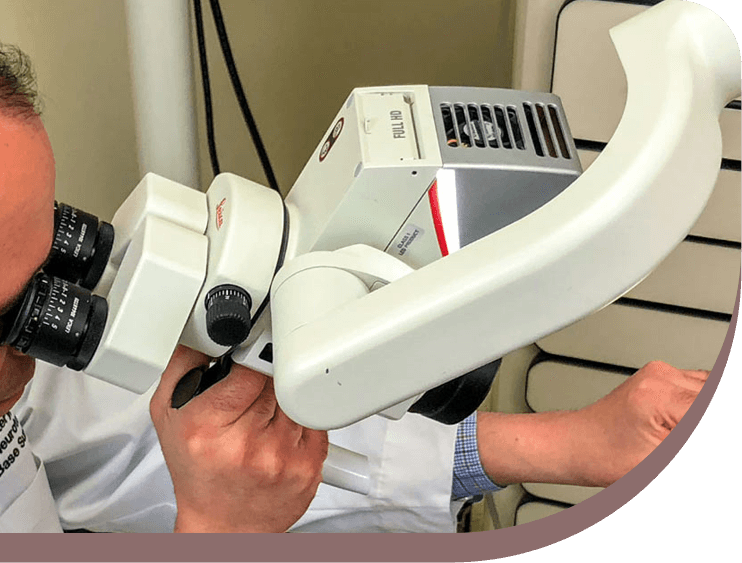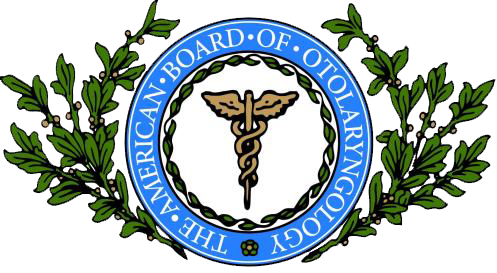
Facial Nerve Tumors
Facial Nerve Tumors – About
The facial nerve controls the muscle function of the face. Each person has a right and left facial nerve. The facial nerve has a very long and complex course from the brain to the muscles. In some instances the facial nerve maybe involve with tumors. This can happen either from tumors that arise from the nerve itself or from tumors from nearby sites either pressing or invading the nerve. In both instances facial weakness or paralysis may occur.
Tumors that arise directly from the facial nerve are rare. Facial schwannomas and hemangiomas are both benign and are the most common types of tumors from the nerve itself. These tumors are generally slow growing.
There are many types of tumors that may start next to the facial nerve and may involve the nerve. Both benign and malignant (cancer) tumors may affect the nerve. Skin cancers, tumors of the parotid gland, and tumors of the skull are some examples.
Facial Nerve Tumors – Diagnosis
In cases of tumors arising from the facial nerve, diagnosis often occurs following a work up started due to symptoms of facial weakness or paralysis. Sometimes the first symptoms are not facial weakness, but rather hearing loss, balance issues, and pain. In cases with tumors next to the nerve a variety of other symptoms may occur depending on the type of tumor, location and other structures involved. Imaging with either a CT and/or MRI often will be ordered. In some instances biopsies may be needed.
Facial Nerve Tumors – Treatment
Treatment of tumors depends on type of tumor, if it is a cancer or benign, size, location, other involved areas, and patient’s general health.
In cases of benign tumors arising from the facial nerve itself, such as schwannomas and hemangiomas, options may include surgery, stereotactic radiation and observation. The degree of facial weakness often plays a very large role in determining treatment, especially surgery. In most cases with surgery the facial nerve must be cut to remove the tumor. In such cases facial nerve transposition/reanimation may be performed to help restore some of the facial nerve’s function. In other cases, especially in most cases without much facial weakness, surgery may not be suggested. In some cases with tumor growth, but good facial function, radiation to stop the tumor growth may be an option.
Treatment for tumors that are nearby the nerve, but pressing or invading nerve varies widely due to the type of tumor. In some cases in which surgery is a treatment option, a part of the nerve may need to be removed. Rehabilitation options of the nerve depend on many factors in these cases.

Conditions Treated
Follow us


Your Health Starts Here
"*" indicates required fields
